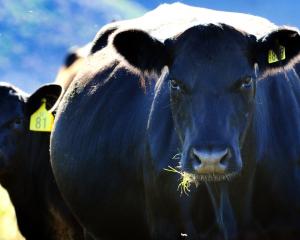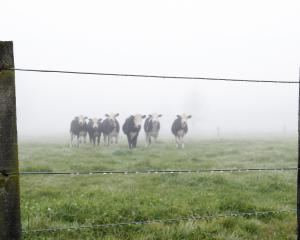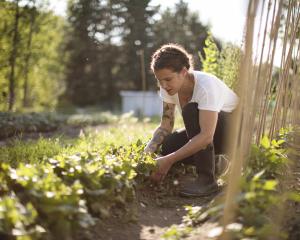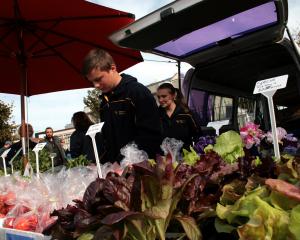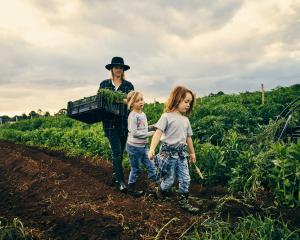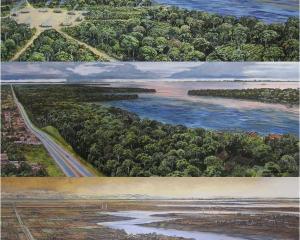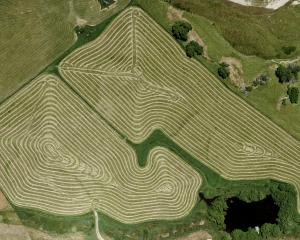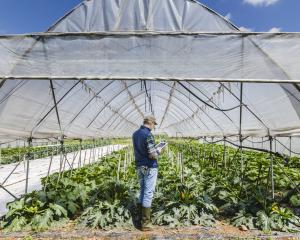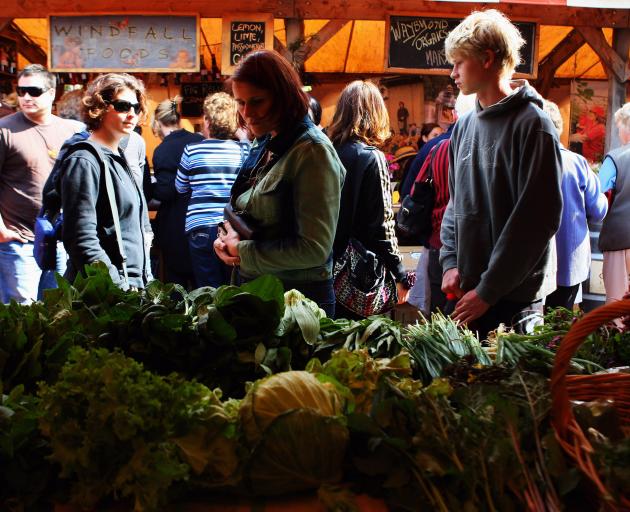

In April this year, the Productivity Commission released a draft report that outlines how New Zealand might address climate change by transitioning to a low-emissions economy (submissions on the report are invited until June 8).
The report suggests that the sooner emissions reductions begin, the less disruptive the overall transition will be and it identifies three key drivers that will result in significant emission reductions by 2050: replacing fossil fuels with electricity, reducing the emission intensity of agriculture, and shifting land use from pasture to forestry and horticulture.
Getting emissions pricing right is identified as one of the critical motivators for change. We have had the Emission Trading Scheme since 2008. However, since its introduction, greenhouse gas (GHG) emissions have continued to rise. This should not be a surprise, given the low price of GHGs (ranging from under $5 to $20 per tonne) over the period and the exclusion of agriculture from the scheme, which accounts for roughly half of our total emissions.
It is proposed that these issues can be addressed by setting a price for carbon of at least $70 per tonne of GHG to $200 per tonne by 2050 and by fully including agriculture in the scheme. It is assumed that high emission prices for GHGs will drive changes through technology, innovation and efficiency investments that will bring down emissions. For example, we can imagine that the cost of emissions would reach a point where it no longer makes economic sense for our dairy factories to burn coal to turn milk into milk powder and they would rapidly convert to alternative energy sources.
Similarly, the cost of emissions would change the economics for farmers, particularly those for whom productivity per cow is relatively low. At a certain price, it would become more economical to plant trees on the land and obtain emission credits than to continue to use it as marginal pasture for cows.
It is recognised that it is likely that the costs of transition are likely to be felt disproportionately by low-income households, and it is suggested that Government offset these implications through the tax and welfare system.
On the whole, these are good things that are likely to lead to reduced emissions. Arguably, they should have been addressed long ago. However, they are only part of the issue and problem. Much of the draft report is focused on addressing emissions at the site of production and assumes that individual consumption practices will change as a result.
The impacts of our decisions as consumers, and in terms of food and agriculture as eaters, is not emphasised. As a result, there is a danger of ignoring the significant emission reductions that can be achieved by changing the way we think about food and agriculture.
At an individual level, the food we eat is one of the biggest contributors to our climate footprint. What this means is that we have the ability to make dramatic changes to our individual emissions simply by changing where our food comes from and what we eat.
This might entail eating more local. However, while local food reduces emissions related to transport, it does not necessarily mean that production processes are more carbon friendly.
Another option is to change what we eat. We can limit our consumption of heavily processed food, thereby reducing the emissions that are created throughout the food chain that result from getting food from fields, to processing and packaging facilities, to retail outlets (and associated refrigerated transport), to our plates. This would include addressing the food waste and substantial plastic packaging that goes hand in hand with processed food.
We could choose to increase the proportion of organic food in our diet, thereby reducing the substantial GHG emissions that result from the application of synthetic fertilisers that require fossil fuels in their production and lead to the release of nitrogen dioxide (this alone amounts to 10% of our total emissions). Better still, we could try to eat local and organic.
But more significantly, we could reduce our meat consumption. New Zealand diets are among the highest in terms of meat consumption on the planet. Each year, students who complete their ecological footprint are surprised to see how reducing their meat consumption is the single most effective change they can make to reduce their foot print (students are not taking many long-haul flights). And people are making the change. According to the OECD, in 2017, the average Kiwi consumed 72.2kg of meat a year, which is down 22kg from 2007.
If we all reduced our meat consumption, we could afford to be more selective about the meat we do consume. We might treat it as a luxury item rather than a common, everyday occurrence. And we might be more selective about its quality and reward those producers that are transitioning towards a lower emission economy by incorporating biodiversity and reforestation into their business.
So while the high-level changes identified in the Productivity Commission report are important for putting us on a lower emission trajectory, let us not lose track of how we can engage in the process in our everyday lives.
Sean Connelly is a senior lecturer in the University of Otago Department of Geography. Each week in this column, one of a panel of writers addresses issues of sustainability.


